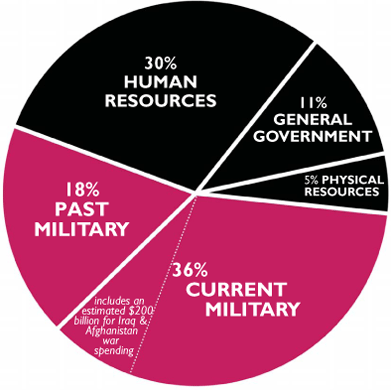Reddot from the oil drum reposted this comment from an oil company insider, the original posting was in 2008. Really this says it all. The gap between what Television and the corporate media are telling us and what they are telling themselves is pretty massive.
I didn’t want this to just vanish, so I’m also reposting it here.
reddot on May 1, 2010 – 4:58pm Permalink | Subthread | Parent | [Parent subthread ] Comments top
Relayer, ex-AMOCO, posted Sept 2008 on TOD an insider’s view of the current scene and BigOil knowledge of Peak Oil:[begin quote]
“Thank you and all contributors very much for all the hard work that goes into pieces such as this.
I have been lurking almost since the inception of this site and consider it one of the best places on the web for info and informed speculation on the oil situation.
I have refrained from contributing in the past, for the most part having not much of import to add that someone else has not already said. But one detail I would like to comment on.The MSM have been touting the current link between high gasoline prices and refining capacity. Sure, there is a short term problem here, but only short term.
I began my career with Conoco in 1971. I distinctly remember meetings in the mid 70s in which it was stated that no more new refineries were going to be built in the U.S. We had enough existing capacity along with future upgrades to existing refineries to take care of foreseeable production. Small wonder that no new refineries have been built here since 1976.Most of the world had been well explored for quite some time already, the U.S. peak was finally accepted, and the big question was where to risk capital next? Offshore, yes, North Slope, of course. The North Sea was a pleasant surprise. Nigeria was the last place in the world Conoco wanted to go, lol. One of the countries they considered ‘relatively’ stable was Venezuela. Well, that worked out ok for some time, but now look, nationalized.
(more…)
